What makes one motorcycle helmet safer than another? With countless options on the market, selecting the right helmet can feel overwhelming. Safety ratings such as DOT, ECE, and Snell are pivotal in determining just how protective a helmet truly is.
The Shoei X15 helmet, for instance, offers unparalleled protection by meeting all three major certification standards. This article delves into these safety ratings and explores the top brands and features that prioritize your well-being.
Buckle up to find out which helmet stands out as the safest choice for motorcycle enthusiasts today.
Understanding Motorcycle Helmet Safety Ratings
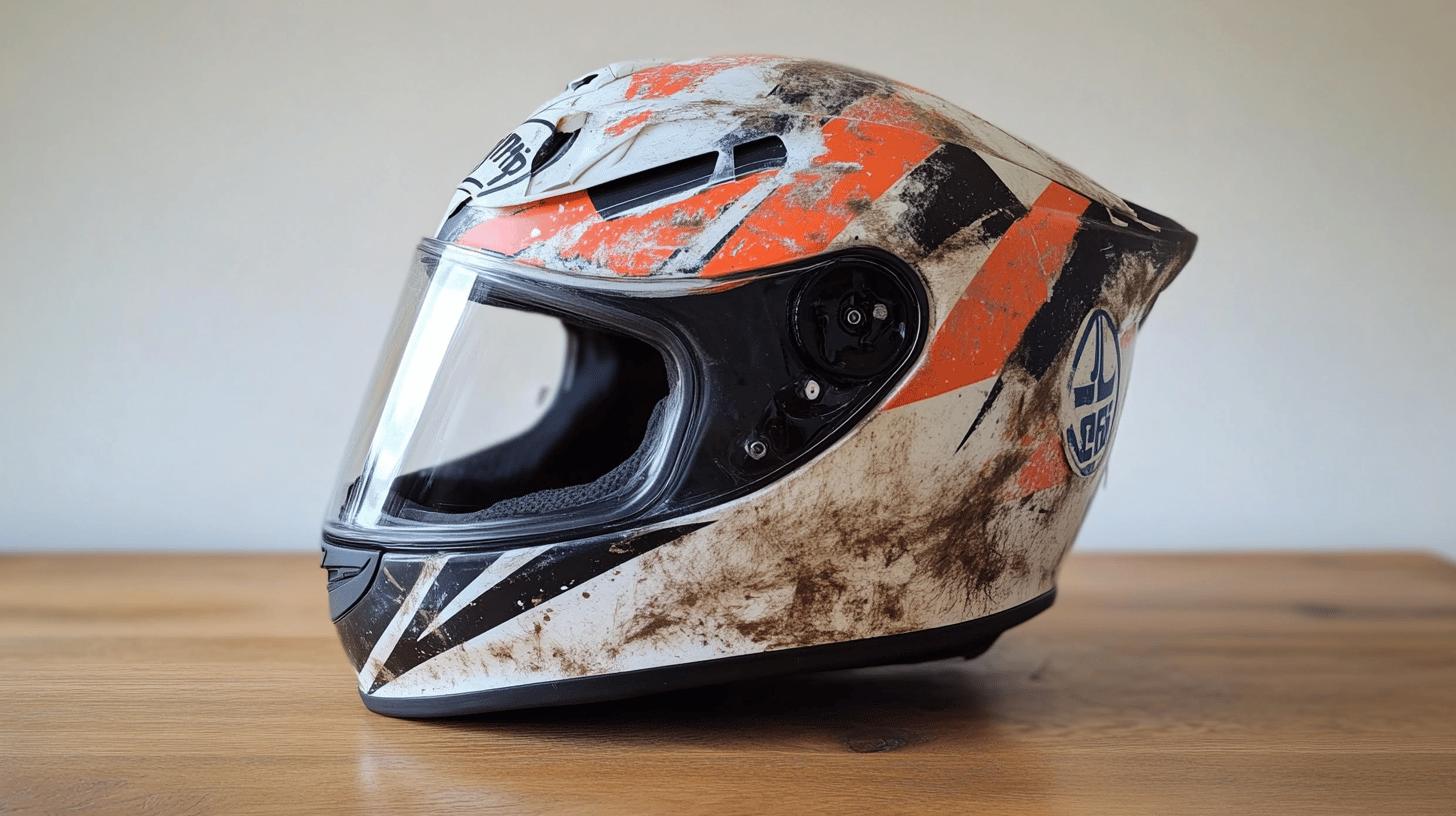
Safety ratings are crucial for assessing the protective capabilities of motorcycle helmets. These ratings ensure that helmets meet specific safety standards designed to minimize injury during crashes.
Each certification reflects comprehensive testing that evaluates impact absorption, retention system effectiveness, and overall durability. Recognizing these ratings helps riders make informed decisions, prioritizing safety without compromising comfort or style.
-
DOT (Department of Transportation): A standard applied in the United States, DOT certification indicates that a helmet meets the Federal Motor Vehicle Safety Standard (FMVSS) No. 218. It sets the minimum requirements for impact attenuation, penetration resistance, and retention system effectiveness.
-
ECE (Economic Commission for Europe): The ECE 22.05 and the more recent ECE 22.06 standards are recognized internationally, ensuring helmets undergo rigorous testing, including impact tests at various locations and speeds. ECE 2206 is particularly praised for its realistic testing conditions.
-
Snell: Snell Memorial Foundation certification is a voluntary standard that exceeds DOT and ECE requirements. It involves more stringent testing procedures, including multiple impact scenarios and higher energy levels, ensuring superior protection.
The implications of these certifications are profound. Helmets passing Snell or ECE standards often provide a higher level of safety due to their demanding testing procedures. While DOT certification is mandatory in the U.S., opting for a helmet that also meets ECE or Snell standards can offer additional peace of mind.
Helmets like the Shoei X15, which comply with DOT, ECE, and Snell standards, exemplify how these certifications can collectively enhance rider safety. Understanding these ratings empowers riders to select helmets that best protect against the varied dynamics of motorcycle accidents.
Top Brands for the Safest Motorcycle Helmets
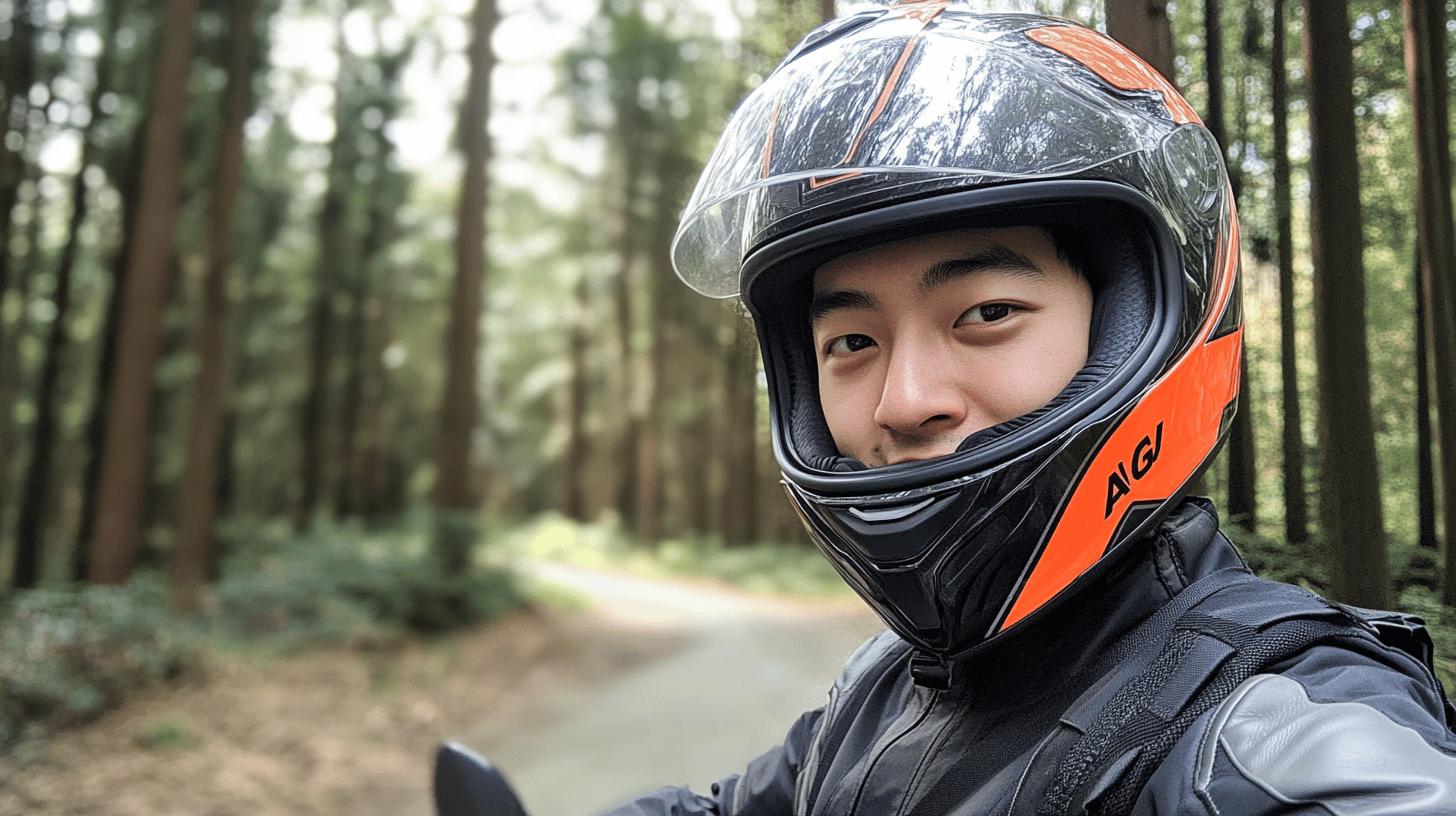
AGV, Shoei, and Shark are consistently recognized in SHARP rankings as leaders in motorcycle helmet safety. SHARP, a respected testing organization, evaluates helmets based on rigorous crash performance criteria. AGV has earned the top spot, renowned for its innovative design and high safety ratings.
Shoei follows closely, boasting an average safety score of 4.14 out of 5, with models like the X-Spirit III achieving exceptional ratings. Shark, known for its reliable chin bar performance in modular helmets, also ranks high. These brands have established reputations for prioritizing rider protection through advanced safety engineering and continuous research.
| Brand | Safety Rating |
|---|---|
| AGV | Top Rank by SHARP |
| Shoei | 4.14/5 |
| Shark | High Chin Bar Scores |
These brands maintain safety standards through a commitment to innovation and quality control. AGV employs advanced materials and aerodynamic testing to ensure helmets withstand real-world impacts. Shoei integrates state-of-the-art features like multi-density EPS liners, enhancing energy absorption.
Shark's design focuses on modular versatility without compromising safety. By adhering to stringent manufacturing processes and incorporating cutting-edge technology, these brands continue to set benchmarks in helmet safety, offering riders assurance of maximum protection on the road.
Comparing Helmet Types: Which is Safest?
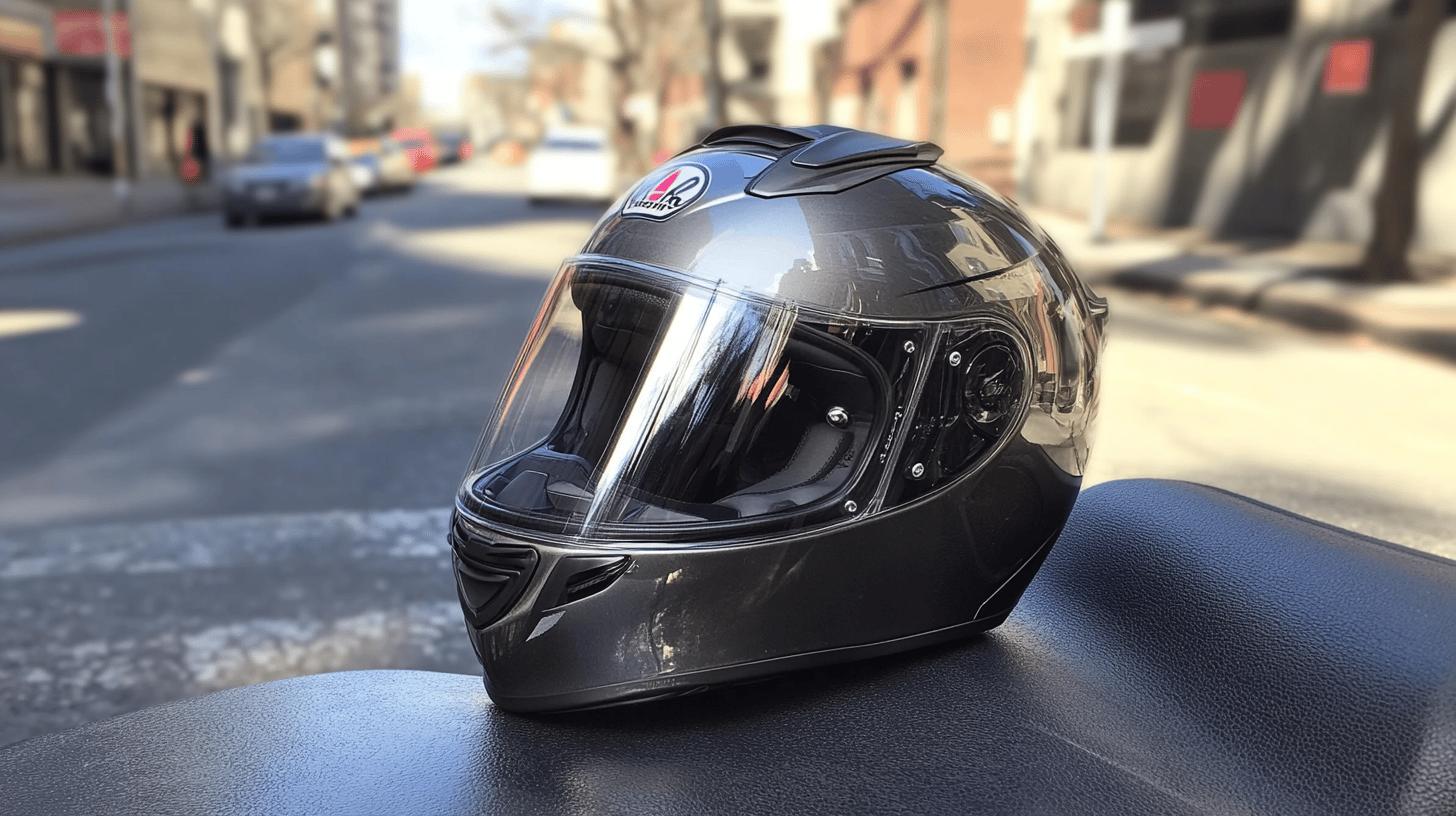
The safest motorcycle helmet is typically a full-face helmet. Full-face helmets offer comprehensive coverage, protecting the entire head, including the chin and jaw, areas often vulnerable during accidents. This helmet type provides an unbroken shell, which enhances structural integrity and impact resistance.
Full-face helmets are designed with features like multi-density EPS liners that help absorb and dissipate impact forces, reducing the risk of head injuries. The enclosed design also offers additional benefits such as reduced wind noise and improved aerodynamics, which are advantageous at higher speeds.
-
Full-Face Helmets: Provide maximum protection with a continuous outer shell that covers the entire head, including the chin and jaw.
-
Modular Helmets: Offer versatility with a chin bar that can be lifted. They provide decent protection but may have weaker points at the hinge.
-
Open-Face Helmets: Cover the top and sides of the head but leave the face exposed, offering less protection than full-face models.
- Half Helmets: Protect only the top of the head, leaving the face and neck vulnerable, and are the least protective option.
Among these types, full-face helmets remain the safest option due to their all-encompassing protection and robust design. Although modular helmets, like those from Shark, can achieve high chin bar scores, they may still present structural vulnerabilities due to the movable chin bar.
Open-face and half helmets offer limited protection, primarily covering the top of the head, and are not recommended for riders prioritizing safety. For those seeking optimal safety, the full-face helmet's ability to shield the entire head makes it the preferred choice.
Features That Enhance Helmet Safety
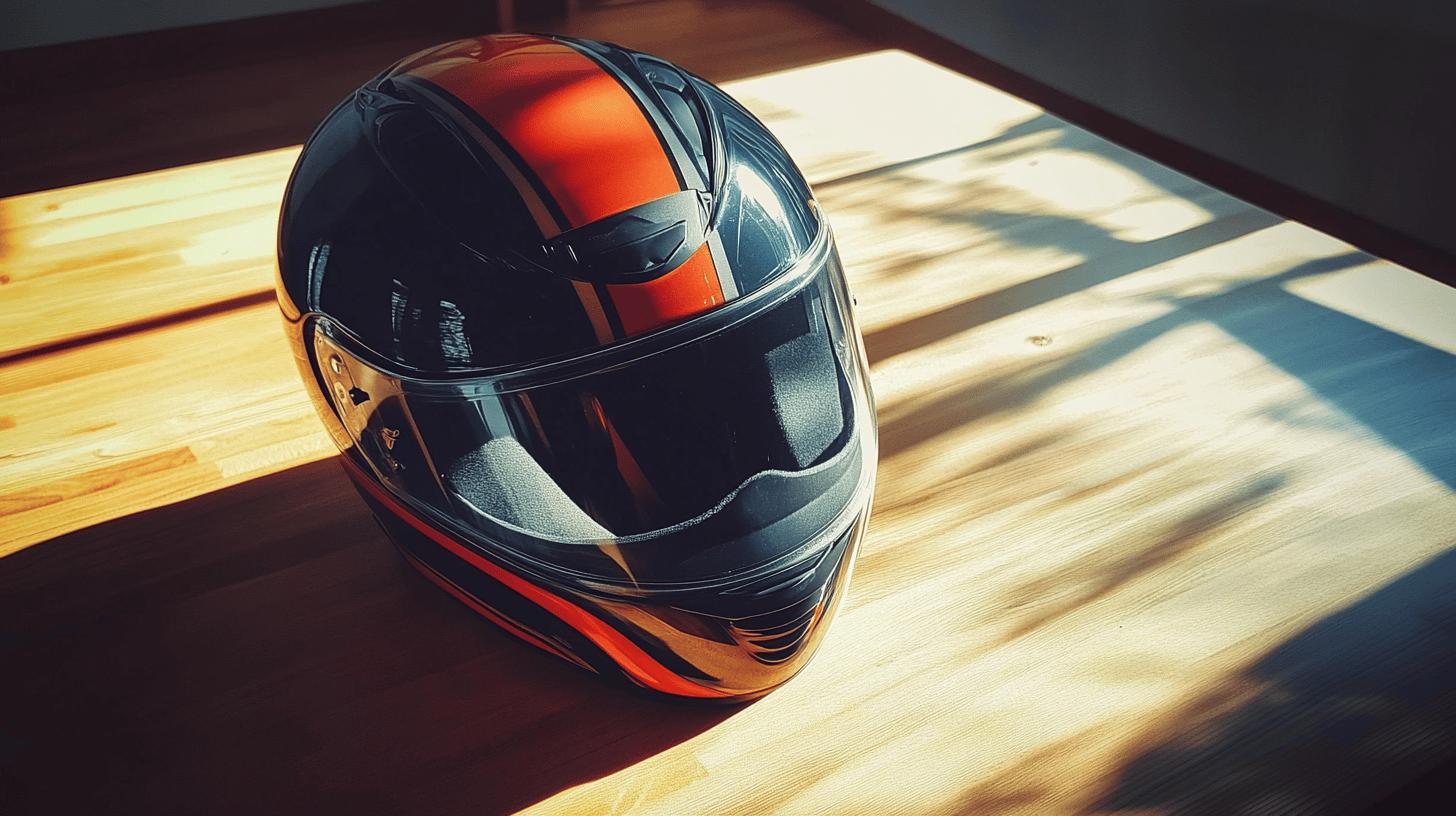
Construction materials are fundamental in determining a helmet's safety. Helmets made from advanced materials like carbon, Kevlar, and fiberglass offer superior impact resistance while maintaining lightweight properties. The HJC ARPA 12, for instance, combines these materials to enhance safety without adding unnecessary weight.
Carbon fibers provide high tensile strength, aiding in energy dispersion during an impact, while Kevlar adds additional strength and puncture resistance. Fiberglass is often used for its ability to flex under stress, absorbing impact forces effectively. The amalgamation of these materials results in a robust helmet that protects riders in various crash scenarios.
-
Multi-density EPS liners for optimal impact absorption
-
Aerodynamic shell designs to reduce wind resistance and fatigue
-
Removable and washable liners for hygiene and comfort
-
Advanced ventilation systems to maintain a comfortable temperature
-
Emergency release systems for quick removal in accidents
Comfort features play a crucial role in helmet safety. A helmet that fits snugly and is comfortable encourages consistent use, reducing the likelihood of riders removing it during long rides. Features like the Arai Contour X's spring foam liner provide a tailored fit, which not only enhances comfort but also ensures that the helmet stays securely in place during an impact.
Proper ventilation systems alleviate heat buildup, which is essential for maintaining focus and preventing distractions. By integrating comfort features with robust safety mechanisms, helmets effectively maximize protection and enhance the riding experience.
Buying Guide: Selecting the Right Safe Motorcycle Helmet
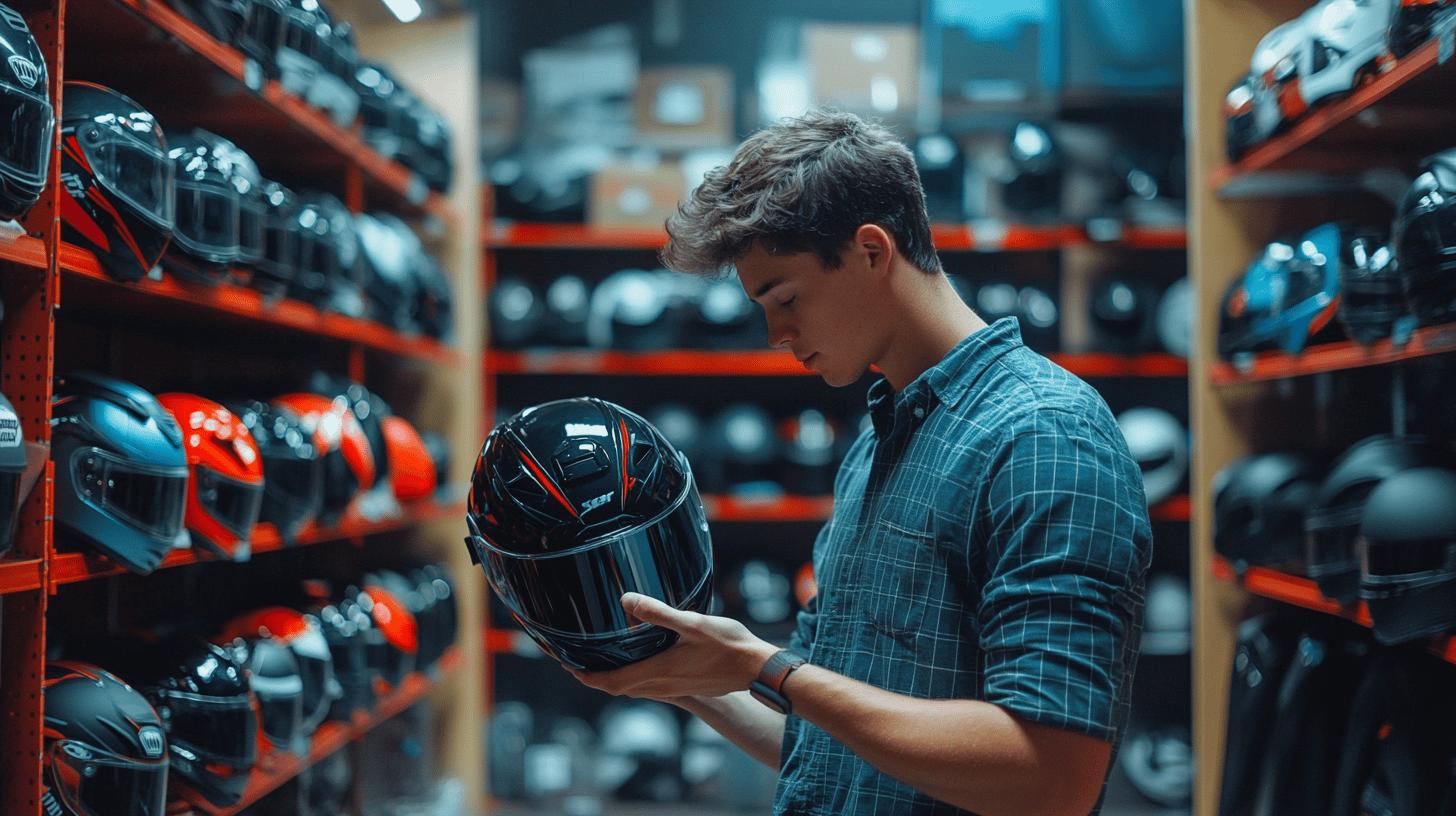
Proper helmet fit is paramount for effective protection. A helmet that fits snugly ensures that, in the event of an accident, it remains securely in place, providing the intended impact protection. Ill-fitting helmets can shift during a crash, compromising safety and increasing the risk of injury.
When assessing fit, consider the helmet's interior shape and padding, which should comfortably conform to the rider's head without causing pressure points. While trying on helmets, the chin strap should be snug, yet comfortable, preventing the helmet from moving forward or backward.
-
Determine Your Head Shape and Size: Measure your head's circumference and identify the shape (round, oval, etc.) to find a helmet that aligns with these dimensions.
-
Try Multiple Helmets: Test different brands and models to find one that fits snugly and comfortably, ensuring it does not apply excessive pressure.
-
Check Certification Labels: Look for helmets with certifications like DOT, ECE, or Snell, indicating they meet established safety standards.
-
Consider Your Budget: Set a budget that reflects the balance between safety and affordability. The Scorpion Riser, for instance, offers quality at an affordable price point.
-
Test for Comfort and Vision: Ensure the helmet provides clear peripheral vision and does not pinch or cause discomfort over extended periods.
Evaluating safety features is crucial during helmet selection. Look for helmets with multi-density EPS liners that offer effective impact absorption. Features such as advanced ventilation systems and removable liners enhance comfort without sacrificing safety.
Consider helmets with emergency release systems, which allow for quick removal in emergencies. By prioritizing these safety attributes alongside fit and certification, riders can make informed decisions, selecting helmets that provide maximum protection and comfort.
Reviews of the Best Helmets for Safety in 2023
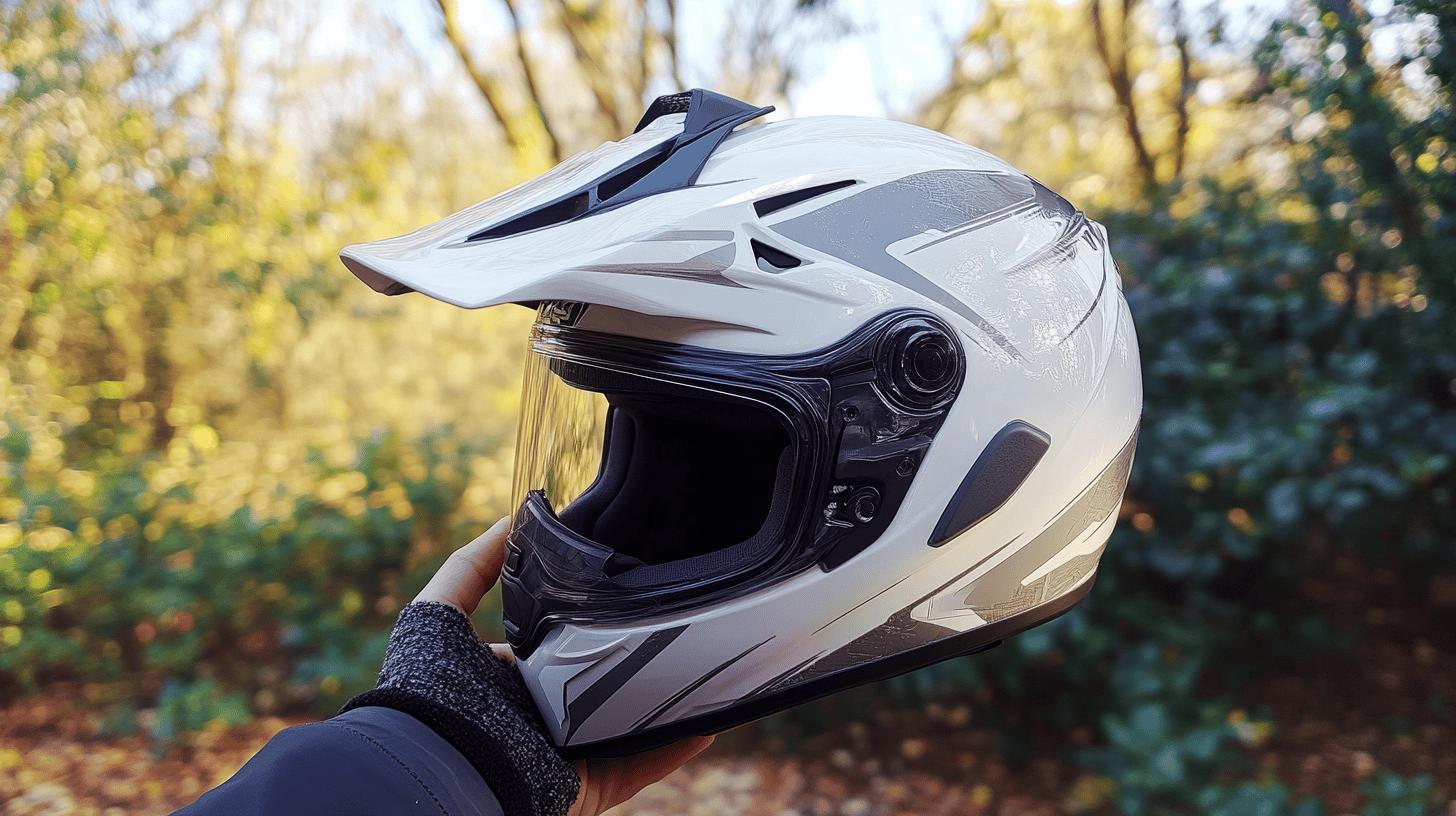
What is the best motorcycle helmet for 2023? The Arai Contour X is widely regarded as the top choice for safety in 2023. This helmet exemplifies Arai's commitment to safety through its unique r75 design philosophy, which prioritizes a smooth, round shell to better glance off impact surfaces.
With comprehensive certifications including DOT, ECE, and Snell, the Contour X provides a robust defense against crash forces. The helmet is further distinguished by its spring foam liner, ensuring a comfortable fit that enhances safety by maintaining position during impact.
The Shoei X15 also stands out in 2023 for its adherence to multiple safety standards, offering a blend of advanced aerodynamics and protective features. It combines DOT, ECE, and Snell certifications, although it meets the less rigorous Snell M2020R standard.
| Helmet Model | Price | Safety Features |
|---|---|---|
| Arai Contour X | $1,000 | r75 design, DOT, ECE, Snell certifications, spring foam liner |
| Shoei X15 | $1,350 | DOT, ECE, Snell M2020R, aerodynamic design |
| Scorpion Riser | $200 | ECE 2206, emergency release cheek pads, dropdown sun visor |
| HJC ARPA 12 | $680 | Carbon, Kevlar, fiberglass construction, ECE rating |
For those seeking top-rated helmets under $500, the Scorpion Riser emerges as a strong contender. Priced at $200, it offers ECE 2206 certification, known for its realistic testing methods, providing riders with confidence in its protective capabilities.
The helmet features emergency release cheek pads and a dropdown sun visor, enhancing both safety and convenience. While budget constraints may limit options, the Scorpion Riser proves that affordability does not have to compromise safety, delivering elite quality at a price accessible to many riders.
Final Words
Choosing the right motorcycle helmet involves understanding safety ratings like DOT, ECE, and Snell certifications. Brands like Shoei, AGV, and Shark are renowned for the safest options, often receiving top rankings in safety assessments.
Full-face helmets generally offer the highest protection, with features like impact resistance crucial for safety. When buying a helmet, consider fit and budget as primary factors. Identifying the best motorcycle helmet that meets personal safety needs ensures a secure riding experience.
FAQ
What is the safest helmet for a motorcycle?
The safest motorcycle helmet is typically a full-face model that meets DOT, ECE, and Snell certification standards, as these provide comprehensive coverage and pass rigorous safety tests.
What is the most protective helmet?
The most protective helmets are full-face types, offering complete head coverage and protection against impacts, road debris, and weather conditions.
What is the highest helmet safety rating?
The highest safety ratings include certifications like DOT, ECE 2206, and Snell, with each undergoing specific testing protocols to ensure maximum protection.
Which bike helmet is most safe?
The most safe bike helmets are those from top-rated brands like Shoei, AGV, and Shark, as they maintain high SHARP safety scores.
Motorcycle helmet brands to avoid
Avoid motorcycle helmet brands that lack recognized safety certifications like DOT, ECE, or Snell, as they may not offer adequate protection.
Motorcycle helmet safety ratings
Motorcycle helmet safety ratings, such as DOT, ECE, and Snell, are standards for helmet performance in impact tests, helping riders choose the safest options.
Top 10 safest helmet brands
The top 10 safest helmet brands often include Shoei, AGV, and Shark, known for their high safety ratings and quality construction.
Safest motorcycle helmet 2024
The safest motorcycle helmet for 2024 is likely to be a full-face model with DOT, ECE, and Snell certifications, ensuring comprehensive safety features.

Mark Anderson is a trusted expert with over 25 years of riding experience. At 56, his deep knowledge of long-distance touring and participation in major motorcycle rallies makes him a reliable source for gear recommendations on ProtectiveGearz. Mark’s decades of firsthand experience ensure his advice is authoritative and valuable to riders seeking expert guidance.



